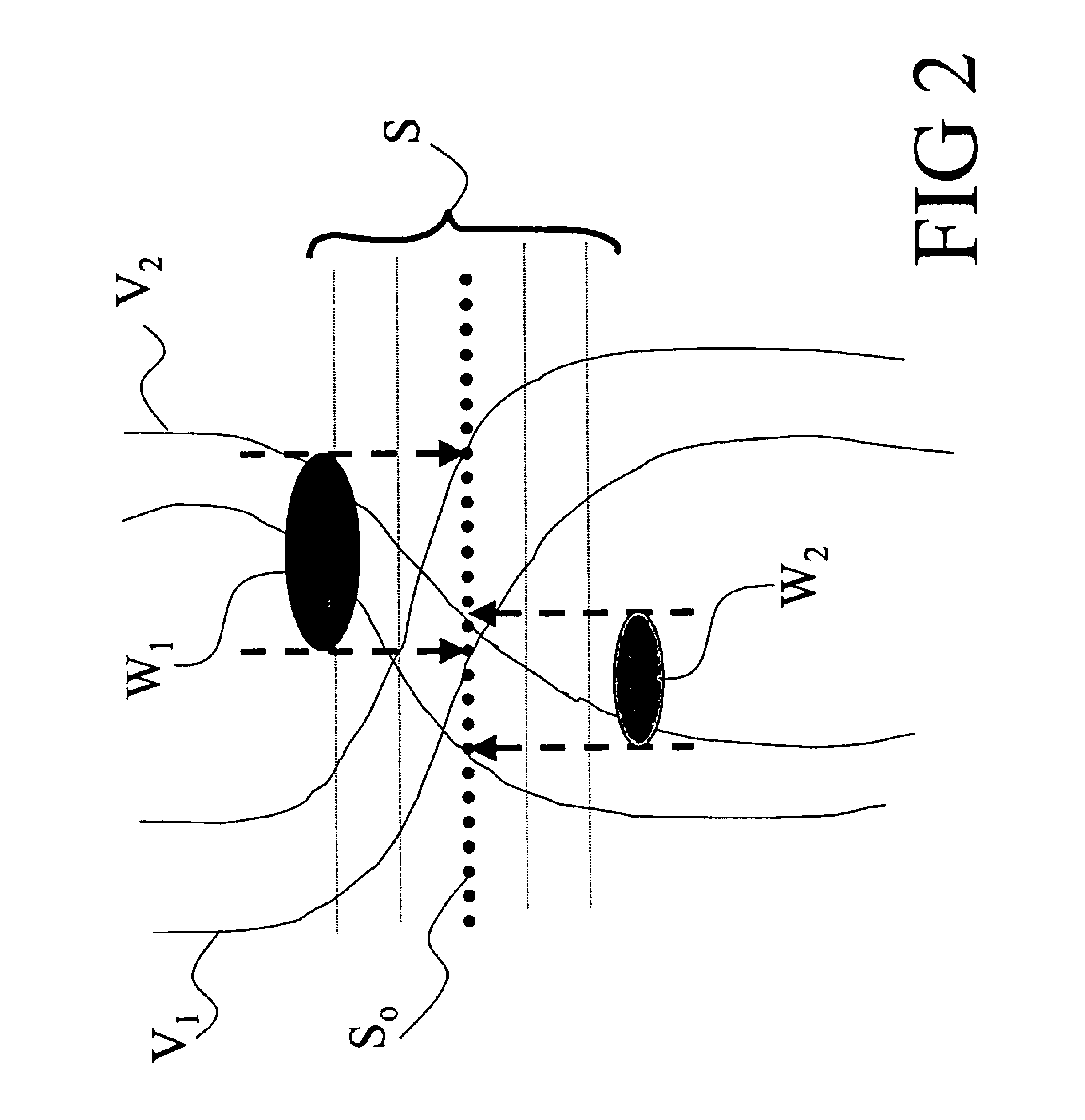Angiography method and apparatus
a technology of angiography and angiography method, applied in the field of angiography, can solve the problems of affecting the interpretation of images, affecting the quality of life, and affecting the accuracy of angiographic images, so as to improve accuracy and speed, and improve accuracy. the effect of tracking speed and accuracy
- Summary
- Abstract
- Description
- Claims
- Application Information
AI Technical Summary
Benefits of technology
Problems solved by technology
Method used
Image
Examples
Embodiment Construction
With reference to FIG. 4, a magnetic resonance imaging system that suitably practices angiographic imaging in accordance with an embodiment of the invention is described. Although the invention is described herein with respect to a magnetic resonance imaging embodiment, those skilled in the art will appreciate that the invention is applicable to a broad range of angiographic modalities and techniques, including but not limited to contrast-enhanced magnetic resonance angiography, non-contrast enhanced magnetic resonance angiography, computed tomographic angiography, and fused magnetic resonance / computed tomography angiographic techniques. The invention is also suitably practiced in conjunction with either white blood angiography (WBA) or black blood angiography (BBA).
With reference to FIG. 4, a magnetic resonance imaging (MRI) scanner 10 typically includes superconducting or resistive magnets 12 that create a substantially uniform, temporally constant main magnetic field B0 along a z...
PUM
 Login to View More
Login to View More Abstract
Description
Claims
Application Information
 Login to View More
Login to View More - R&D
- Intellectual Property
- Life Sciences
- Materials
- Tech Scout
- Unparalleled Data Quality
- Higher Quality Content
- 60% Fewer Hallucinations
Browse by: Latest US Patents, China's latest patents, Technical Efficacy Thesaurus, Application Domain, Technology Topic, Popular Technical Reports.
© 2025 PatSnap. All rights reserved.Legal|Privacy policy|Modern Slavery Act Transparency Statement|Sitemap|About US| Contact US: help@patsnap.com



